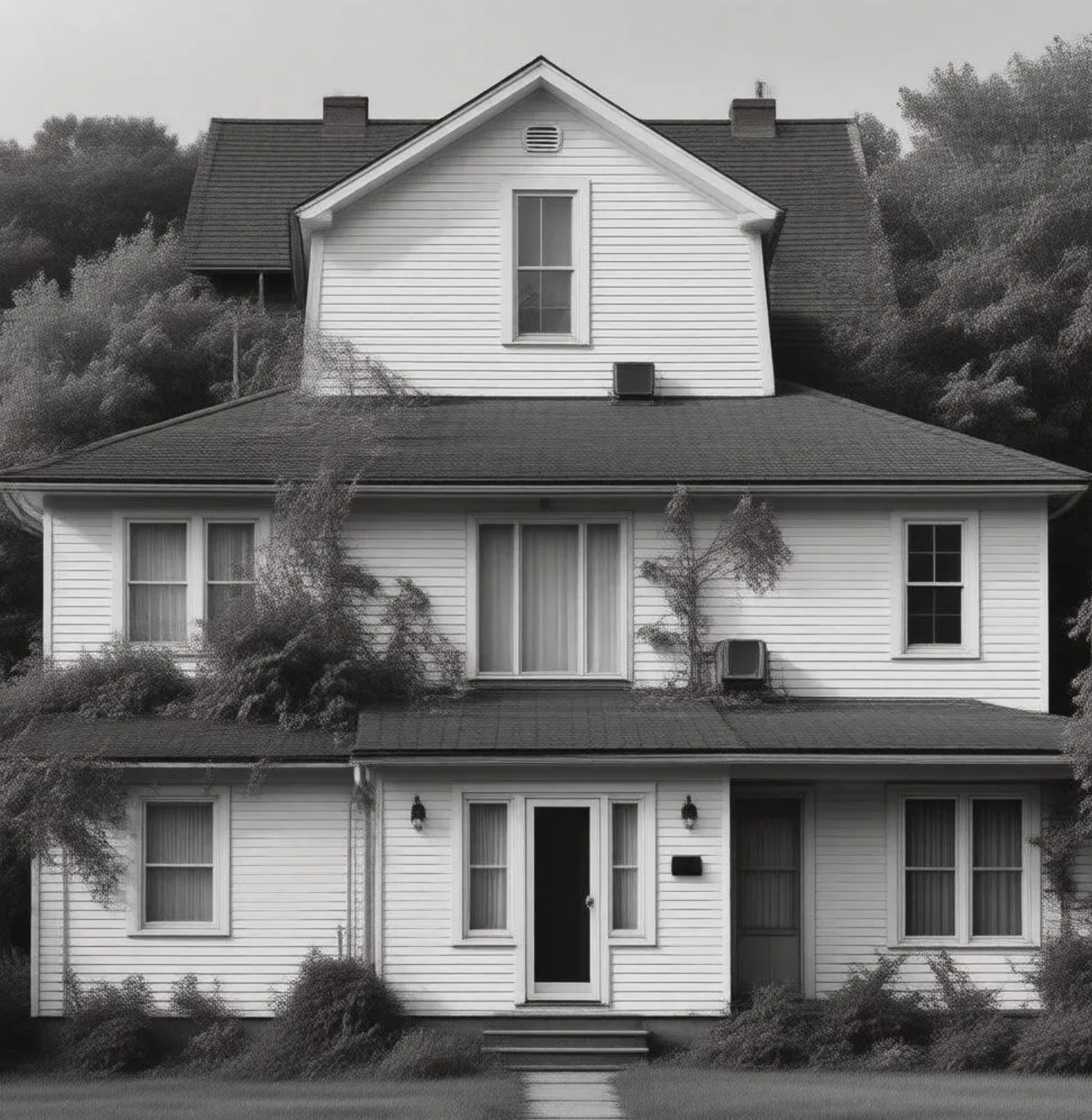Discover how sober living homes support recovery, what to expect, and how to choose a safe, structured environment. Explore certified homes near you today.
Transitioning from rehab back to daily life can feel overwhelming, especially without a supportive environment. Sober living homes bridge this gap, offering a structured, substance-free space where individuals can reinforce their recovery skills. With over 25,000 sober living homes in the U.S., finding the right fit is critical—but often misunderstood. This guide clarifies how these homes work, their benefits, and how to identify a quality residence tailored to your needs.
What Are Sober Living Homes?
Sober living homes (SLHs) are group residences designed to support individuals in early recovery. Unlike inpatient rehab, they offer independence while enforcing strict sobriety rules, peer accountability, and communal responsibilities.
Key Features:
- Zero-tolerance substance policies (regular drug testing).
- Mandatory participation in support groups (e.g., 12-step meetings).
- Peer-led household responsibilities (chores, meal planning).
Distinguishing Factors:
- Sober Living vs. Halfway Houses: Halfway houses are often government-funded, time-limited, and cater to parolees. Sober living homes are privately operated, open to anyone in recovery, and allow longer stays.
The Benefits of Sober Living for Sustained Recovery
Research shows that individuals who transition to sober living after rehab are 40% less likely to relapse within the first year (Journal of Substance Abuse Treatment).
Core Benefits Include:
- Structured Routine: Daily schedules reduce idle time, a common relapse trigger.
- Peer Support: Living with others in recovery fosters accountability and camaraderie.
- Skill Development: Residents learn budgeting, job-seeking, and conflict resolution.
- Gradual Independence: SLHs ease the transition to full independence while maintaining safety nets.
How to Choose a Quality Sober Living Home
Not all sober living homes are created equal. Here’s what to prioritize during your search:
1. Accreditation and Certification
Look for homes affiliated with the National Alliance for Recovery Residences (NARR) or state-specific certifying bodies. These organizations ensure homes meet safety, staffing, and ethical standards.
2. House Rules and Expectations
Ask about:
- Visitation policies (e.g., curfews, guest restrictions).
- Required meeting attendance (AA/NA, house meetings).
- Consequences for rule violations.
3. Staff Qualifications
Quality homes employ house managers trained in addiction recovery, CPR, and crisis intervention. Avoid facilities run solely by former residents without professional oversight.
4. Location and Amenities
Proximity to work, schools, or support networks can ease reintegration. Visit homes to assess cleanliness, privacy, and shared spaces (e.g., kitchens, common areas).
5. Cost and Financial Transparency
Most SLHs charge monthly fees (500−500−2,500). Ask about:
- Payment plans or sliding-scale options.
- Included utilities (Wi-Fi, laundry).
- Upfront deposits or hidden costs.
Common Misconceptions About Sober Living
- “They’re only for 12-step members.” Many homes now accommodate SMART Recovery or non-religious programs.
- “They’re prison-like.” Modern SLHs balance structure with personal freedom, allowing residents to work, study, and socialize.
- “They’re unregulated.” Reputable homes adhere to NARR standards or state licensing requirements.
Financial Assistance for Sober Living
- Insurance: While SLH fees aren’t typically covered by insurance, some Medicaid plans offer stipends for recovery housing.
- Nonprofits: Organizations like Oxford House provide interest-free loans for move-in costs.
- Crowdfunding: Platforms like GoFundMe allow families to raise funds discreetly.
State-by-State Sober Living Resources
- California: Over 1,200 certified homes listed with the CA Consortium of Addiction Programs.
- Florida: State-funded sober living grants for low-income residents.
- Texas: Search here for homes near Dallas, Houston, and Austin.
“Sober Living Gave Me a Second Family”
“After rehab, I moved into a NARR-certified home in Phoenix. The structure and support kept me accountable—I’m now 3 years sober and mentoring new residents.” – Jake, AZ
Important Considerations Before Committing
- Attend a house meeting to gauge the group dynamic.
- Talk to current residents about their experiences.
- Review the contract for policies on guest stays, employment requirements, and exit procedures.
FAQs About Sober Living Homes
How long can I stay?
Most homes allow 3–12 months, depending on progress and adherence to rules.
Can I work while living there?
Yes—many residents maintain jobs or volunteer while rebuilding their lives.
What if I relapse?
Homes typically require immediate departure to protect other residents, but some offer pathways to return after completing detox.
Disclaimer
The Sober Standard does not operate or endorse specific sober living homes. We recommend verifying certifications, policies, and costs directly with each facility.
